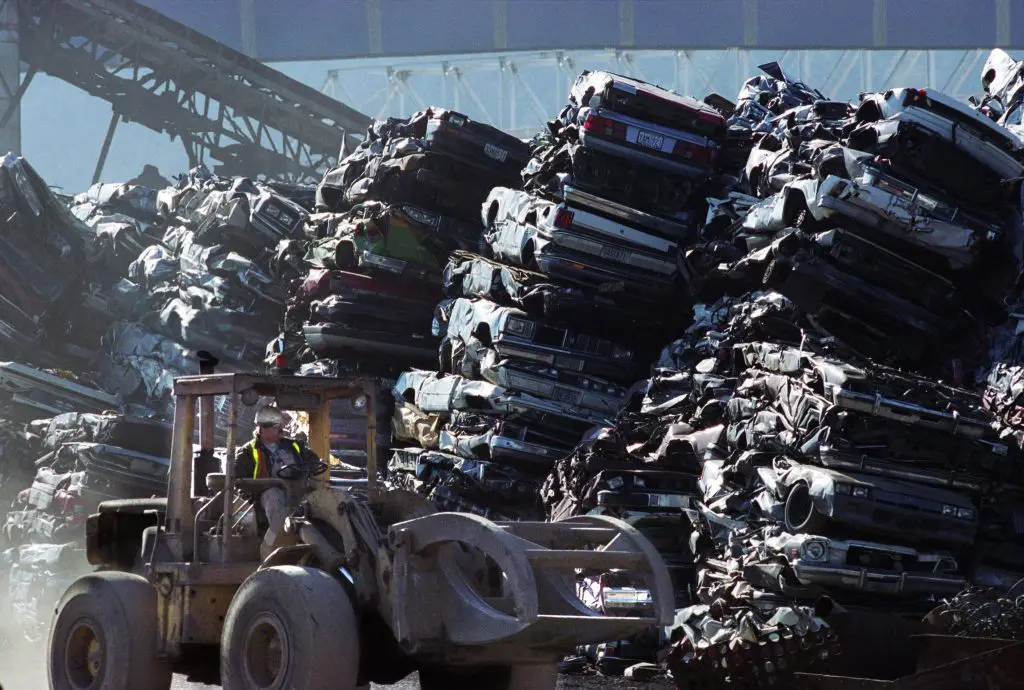There are currently around 1000 shredding plants in the world capable of shredding a complete vehicle, according to Scott Newell, chairman and ceo of US recycling solutions company Newell Recycling Equipment. He estimates that around a quarter of the total steel scrap being shredded today is automotive.
About 40 million tonnes of steel has been shredded in America annually in recent years, which represents around 50% of all steel scrap. ‘As Europe and Japan have been shredding less than 20% of their available scrap, we predict that much more capacity will be installed in those regions within the next few years,’ Newell says.
New shredders on the horizon
‘About five years ago, I made a prediction at the Rusmet conference in Moscow that the number of shredders in the world would double from the 850 at that time to more than 1500 within 10 years,’ Newell recalls. ‘I now realise that I was far too conservative and that we will probably reach 2000 shredders within the next five years.’
The manufacturer believes that a significant proportion of the 1000 currently in operation will also be replaced each year because the newest designs are much smarter and more efficient than these older machines. The latter results in ‘significantly higher efficiencies and lower costs per tonne’.

China’s hunger for scrap
China has more than 300 million vehicles on its highways and unsurprisingly it is the world’s largest steelmaker, representing approximately 50% of the total steel production. China has reported that it has up to 200 million tonnes of steel scrap available annually.
‘As of this year, China has become our largest buyer of new shredding equipment,’ Newell says. ‘We have sold 28 new large shredding plants to clients in China, including a number of the world’s largest capacity machines which are guaranteed to produce over 350 tonnes per hour but in practice are producing more than 450 tonnes per hour.’
Size versus efficiency
The businessman notes that the trend for many years was to go bigger seeking greater tonnages to make shredding plants profitable. But that has changed. ‘In recent years, we have designed portable and transportable shredders that can be placed in areas where there is some existing supply of lower-cost raw materials,’ he says.
‘Operators have been able to install new economical shredder plants and make very high-quality scrap with as little as 2 000 tonnes per month,’ he adds, pointing out this would have been very difficult even a short time ago.
High value ASR
The value of the automotive shredder residue (ASR) waste stream has become more important with prices recorded of over US$100 (EUR 85) for each tonne of steel scrap shredded. ‘This used to be called a by-product of shredding but now we see it as the co-product as it has so much value,’ Newell explains.
A ‘revolutionary’ ASR solution was developed by his father, Alton Newell, who filed a patent for the first practical automobile shredder in the 1960s. Since then, it is said that Newell Recycling Equipment has successfully sold or licensed more than half of all shredders that have been sold around the world.
Don't hesitate to contact us to share your input and ideas. Subscribe to the magazine or (free) newsletter.



